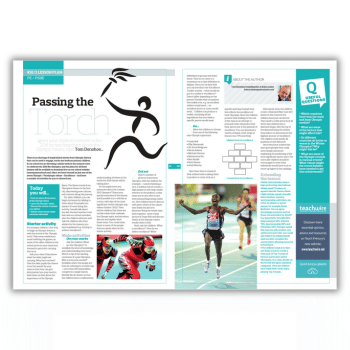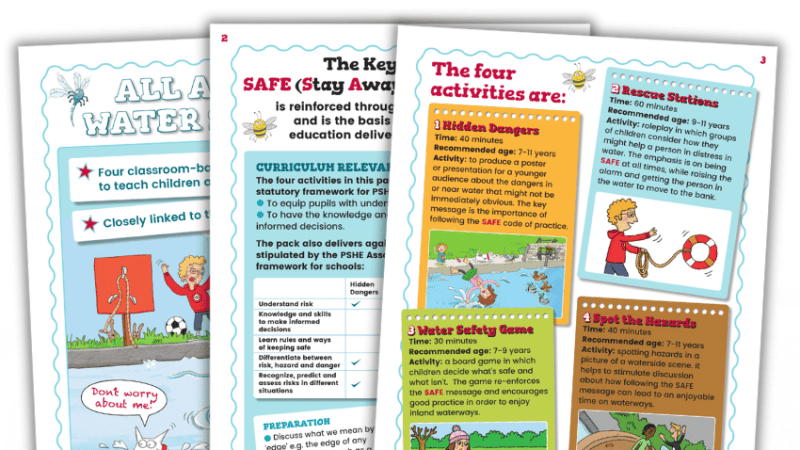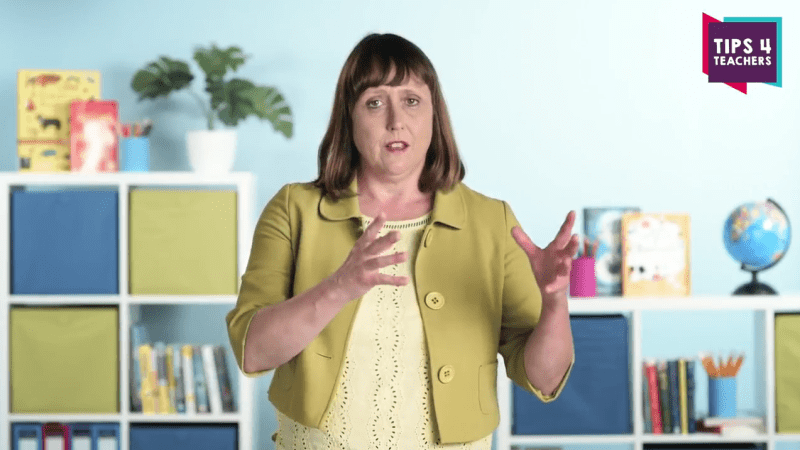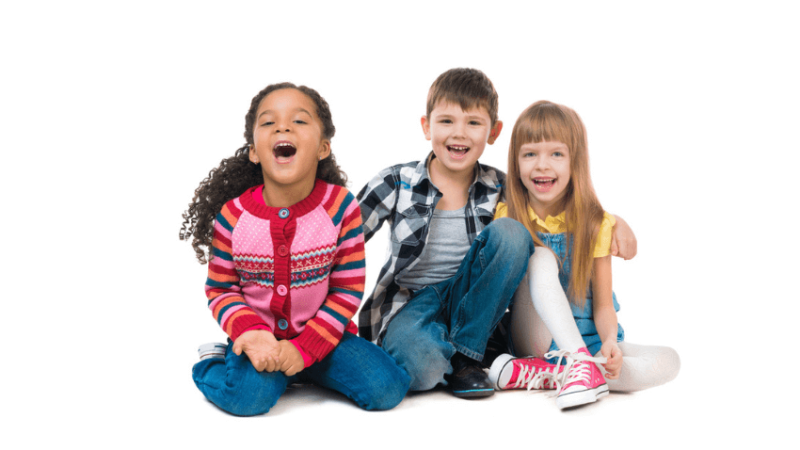Thought Control – How Can Mindfulness Help In Schools?

Can schools benefit from having more mindful teachers and pupils? Graham Doke explains what mindfulness is, the ways in which it can help, and how to get a school mindfulness programme off the ground… Mindfulness in its modern form was developed by Professor Jon Kabat-Zinn of the University of Massachusetts Medical school. It has its […]

- by Graham Doke

Can schools benefit from having more mindful teachers and pupils? Graham Doke explains what mindfulness is, the ways in which it can help, and how to get a school mindfulness programme off the ground…
Mindfulness in its modern form was developed by Professor Jon Kabat-Zinn of the University of Massachusetts Medical school. It has its origins in Buddhist (essentially Zen) mind training concepts.
The Zen origins are a clue; there is nothing complicated in mindfulness. In fact, it embodies profoundly simple principles – become aware of what is going on in your mind, in order that you may take control of it.
Not empty, but aware
I often use the phrase ‘mind-training and mindfulness’ to make things clearer. We are talking about exercises aimed at developing awareness of what is going on in the mind.
We are not talking about ’emptying’ the mind. It’s actually about becoming acutely aware of every physical, cognitive and emotional process in the mind. Through this awareness, we in turn develop a high awareness of others — a process that’s almost automatic, though a good programme will actively promote this through development of pro-social values.
It is this development of awareness that can make mindfulness and mind training the stuff of teachers’ dreams. A high level of mental awareness quite simply means an ordered, tidy and disciplined mind, and one that is aware of consequences. Of course, the change doesn’t take place instantly – mind training is a lifelong exercise – but it can have a huge ongoing impact after as little as just seven weeks, for schoolgoers as much as anyone else.
How mindfulness can help
The benefits of mindfulness for school pupils can include the following:
1. Improvement in learning Pupils’ concentration is improved, and hence their levels of comprehension and memory.
2. Reduction in emotional issues A growing awareness of emotions and knowledge of their place helps to reduce incidents of frustration and anger.
3. Improvements in interpersonal behaviour Developing of an awareness of others focusing on pro-social values and demonstrated these through exercises rather than by rote will help to increase pupils’ levels of compassion. You can expect to see interpersonal relationships become less confrontational over time, possibly leading to a reduction in bullying.
4. Less exam stress Through mindfulness, pupils can develop tools that will help them control the processes of the mind and use these to manage their stress levels at exam time.
5. More mindful teachers In light of the above, it’s not surprising that studies have shown mindfulness training can also a role in reducing the number of teachers who suffer from stress.
This is a huge prize – but one that can only be realised properly by putting in place a full school mindfulness programme. Such programmes can be expensive, however – both financially for the school, and in terms of teacher resources – though there are online versions available that entail no financial outlay and require much less in the way of teachers’ time.
Try it yourself
Outside of a full mindfulness programme, is there anything teachers can do to promote mindfulness and benefit from its effects? Here are a few ideas you might like to try:
1. Quiet Time Perhaps the simplest exercise to introduce, but one that can a while to bed in.
Commence this concentration exercise by explaining – with words that encourage your pupils to see their minds as their own, private domains – that only they can control what they think; no-one from the outside can.
Then move to a gentle challenge. Invite them to see how much they can really control their minds. Pick out an object, just any everyday classroom item. Invite the pupils to sit comfortably with their eyes closed, take three deep and slow breaths, and then imagine the object. Request that the pupils concentrate on the object, while breathing slowly and quietly. Conduct this exercise over three minutes.
Do this once a day, gradually extending the duration of the exercise up to five minutes – feel free to let the class participate in choosing the object.
After a few days, ask the pupils to start counting the number of times they think about something else during the exercise – but emphasise that this is their number only, and that you are not going to ask them. This will help pupils to develop a sense of personal responsibility for their own minds.
2. Gratitude This is a simple, but very effective tool for developing awareness and pro-social values. It can potentially be used a weekly exercise, but certainly isn’t one to be practised daily .
First, ask each pupil to sit comfortably and take three deep and slow breaths (the breathing produces a physiological relaxing response). Then invite each pupil to write two lists on a piece of paper – in a left-hand column, a list of those people in the world who wish them well, and in a right-hand column, a list of those people in the world who they wish well.
The names can be anyone at all – family, friends, teachers, shopkeepers, anyone. Emphasise that both lists can be kept private if they wish, but invite individual pupils to share the lists with each other if they wish.
3. Friendly wishes At the end of a day, have each pupil write on a piece of paper a positive wish they have for anyone in the class – not anyone in particular, just a random good wish.
Collect the pieces of paper in a box and place the box by the door. As the pupils leave class, each one takes a piece of paper.
For more information about Anamaya for School, visit www.anamaya.co/school or follow @AnamayaApp











